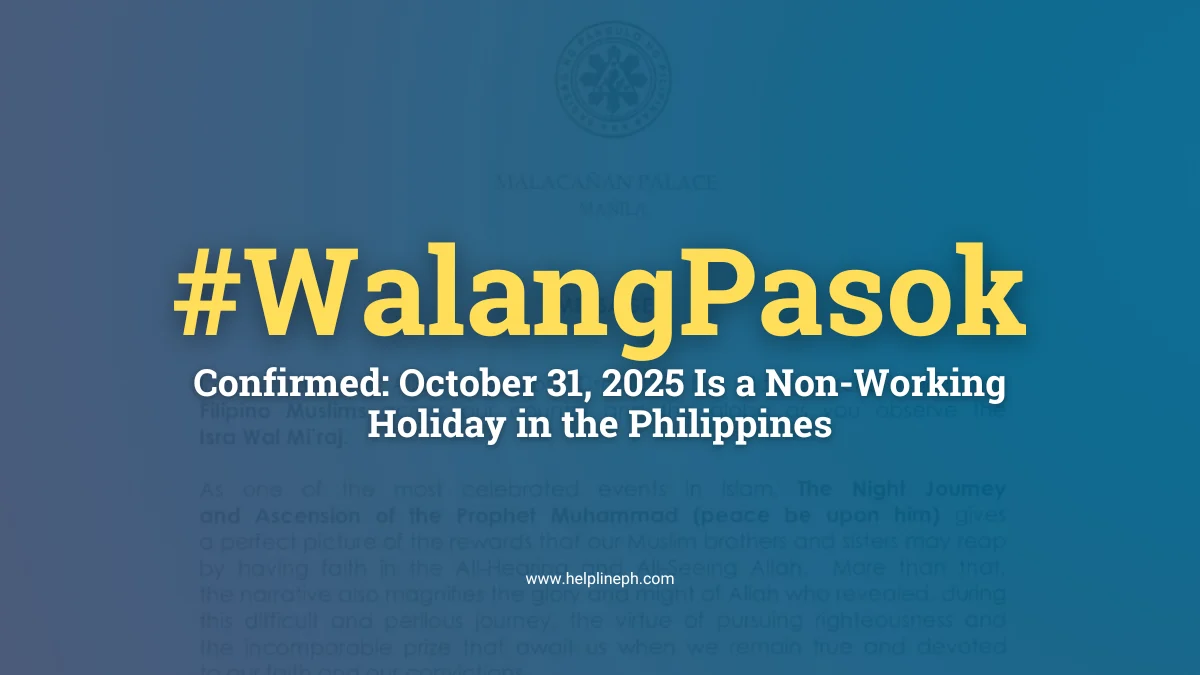BREAKING: Romualdez Drops Truth Bomb About Internet in Public Schools
If you thought all public schools in the Philippines had internet in 2025, you’re dead wrong. House Speaker Martin Romualdez just exposed the unbelievable gap in school connectivity. And what he said next will leave you stunned.
He’s not just pointing fingers—he’s pushing for urgent action. Here’s why you need to care.
❌ Still Offline: The Hidden Crisis No One Is Talking About
Would you believe that in 2025, over 12,000 public schools still have no internet?
That’s not a typo. Despite billions spent on tech, thousands of Filipino students are still cut off from online learning, digital books, and even basic research tools.
Think that’s bad? It gets worse.
💬 “This Is Where Taxes Should Go,” Says Romualdez
In a bold statement, Romualdez said:
“This is how people’s taxes should be used—for the benefit of our learners.”
He’s done waiting. He wants every public school connected—no excuses, no delays.
“By connecting all public schools, we’re building a future where every student can compete globally.”
Sounds powerful, right? But wait until you see the numbers.
💰 The Shocking Amount Budgeted for Internet Access
The government is finally putting its money where its mouth is. Check this out:
- ₱5 billion for free internet through DICT
- ₱16.5 billion for classroom tech via DepEd
That’s a jaw-dropping ₱21.5 billion—but is it enough?
📊 Why Are 12,000 Schools Still Offline?
Most of the schools without internet are in remote areas—mountains, islands, and barangays you’ve never heard of.
Why is this happening in 2025? Here’s what insiders say:
- Weak infrastructure
- No signal towers nearby
- Delays in government coordination
Romualdez says it’s time to cut through the excuses and get the job done.
🚀 Real Schools. Real Results. Real Change.
In Samar, a small public school finally got WiFi after years of waiting. Within months:
- Students began coding basic apps
- Teachers used video lessons
- Grades went up across all levels
If one school can transform that fast, imagine the impact on 12,000 more.
👀 What Teachers and Parents Are Saying Will Surprise You
We spoke to several teachers about the internet situation, and their reactions were raw and real.
“Our students are not lazy. They just don’t have tools.”
— Ms. Gemma, Bohol
“We’ve been begging for internet for five years.”
— Sir Leo, Bukidnon
“Romualdez is the first one who actually sounds serious about fixing this.”
— PTA President, Leyte
They’re hopeful—but also skeptical. Will this finally happen? Keep reading.
🧠 The DICT Plan: Tech That Reaches Even the Most Remote Schools
Here’s how the DICT school WiFi program plans to connect the unconnected:
- Use satellites where no signal exists
- Build portable towers in remote areas
- Provide solar-powered routers for barangay schools
If the budget is approved, this could all roll out within the year.
💼 Romualdez: Leading the Charge with DICT, DepEd, and LGUs
Romualdez isn’t just giving speeches—his office is actively coordinating with:
- DICT: for infrastructure and signal
- DepEd: for computer access
- Local Governments: to prioritize schools in need
This is one of the largest school tech missions in the country’s history.
📅 The Deadline: When Will All Schools Be Online?
Here’s what you’ve been waiting for:
⏰ Target date: End of 2026
Yes, the goal is to have 100% of public schools connected within two years. But with enough pressure and funding, insiders say it could happen sooner.
🙋♀️ FAQs: What You Need to Know
How many schools have no internet?
Over 12,000 public schools are still offline as of 2025.
Who’s responsible for fixing this?
The DICT and DepEd, with strong backing from House Speaker Martin Romualdez.
How much money is being spent?
A combined ₱21.5 billion has been allocated for school internet and tech.
Why is this urgent?
Students are falling behind without access to digital learning tools.
When will all schools be connected?
The official target is by the end of 2026.
This Isn’t Just About WiFi
This is about equality, opportunity, and hope.
Martin Romualdez internet support isn’t just a headline. It’s a lifeline for millions of students who deserve better. He’s pushing the government to stop talking and start connecting.
If you believe every student deserves internet, don’t scroll past this.
👉 Share this article. Tag your local officials. Demand faster action. Because 2026 is too far for students who needed help yesterday.






